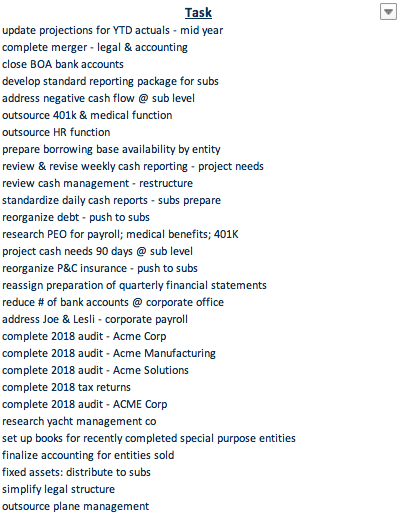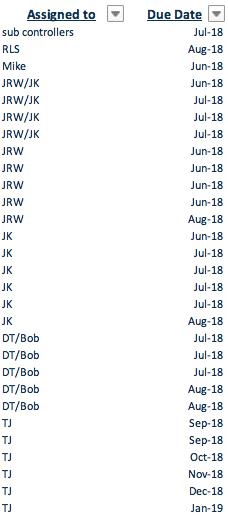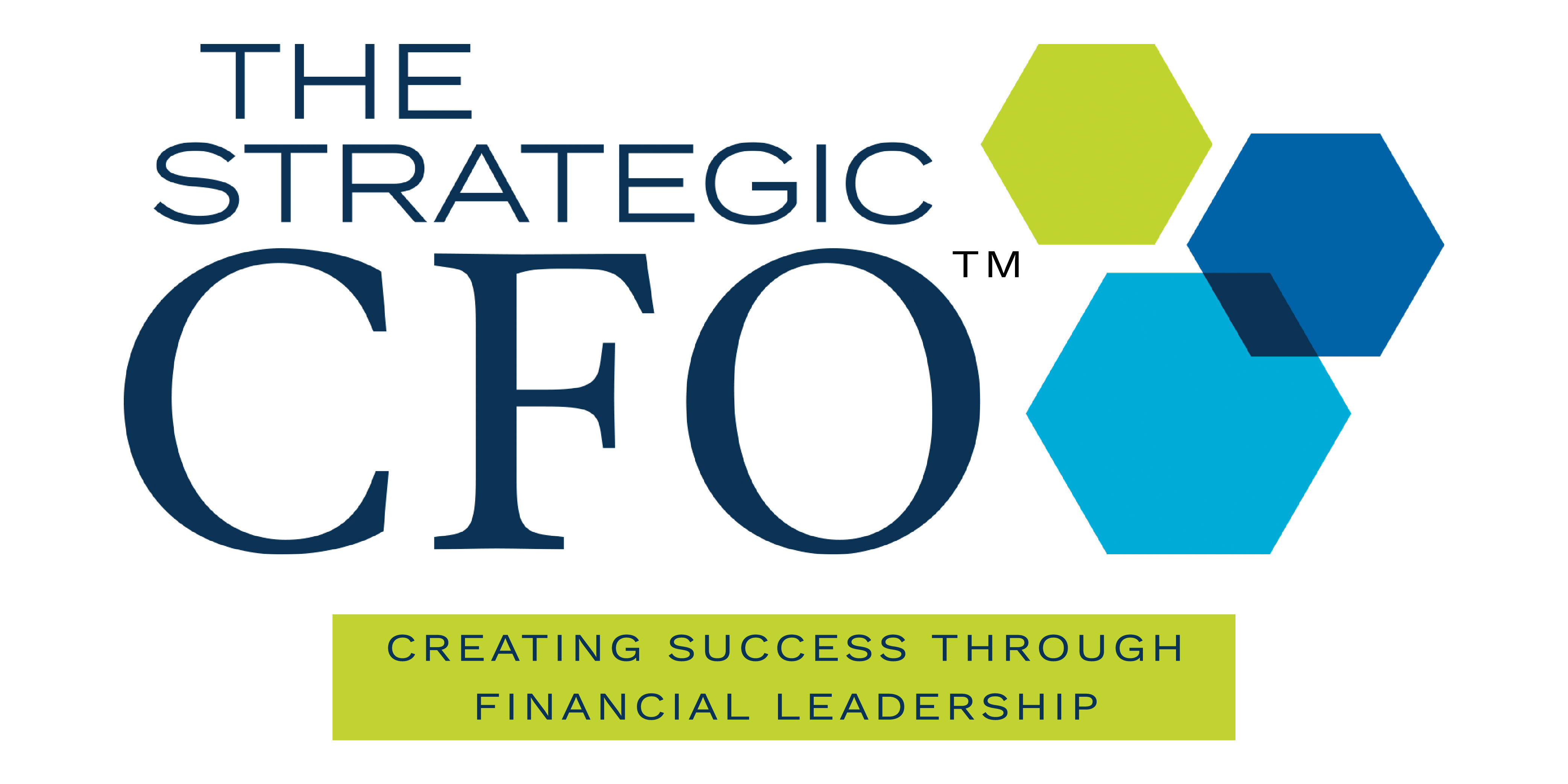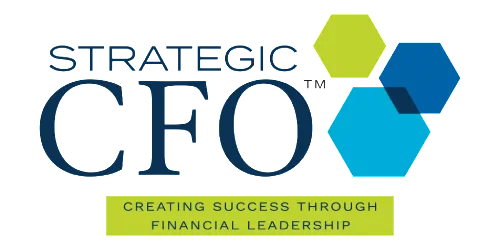Action Plan » List Tasks
The Purpose Of Listing Tasks
Following meetings with ownership, management, and staff, the crucial next step is to define and document specific tasks needed to address company challenges and achieve objectives. This process translates high-level goals into actionable steps.

Key Benefits:
- Clarity & Direction: Transforms broad company goals into specific, actionable tasks, providing a clear view of the necessary work.
- Expectation Management: Facilitates prioritization, prevents overwhelming leadership, and establishes realistic timelines, reinforcing that meaningful change takes time (“You didn’t get here overnight, and we won’t fix it overnight.”).
- Team Alignment & Accountability: Fosters stakeholder buy-in, transparency, and team collaboration.
How Often Tasks Should Be Listed
- Initial List: Created after interviews with leadership, management, and staff.
- Weekly Updates:
- Review completed tasks from the previous week.
- Add new tasks assigned by leadership.
- Prioritize open tasks for the current week.
- Ongoing Adjustments: Regularly update and reorganize priorities to reflect the reality of limited time and resources. Keep leadership informed of progress and priority shifts.
Task List Structure:
Consider adding these columns to your action plan for effective tracking:
Key Steps to Listing & Managing Task
- Gather Information: Summarize tasks identified during interviews, clarifying deliverables, dependencies, and expected outcomes.
- Prioritize Tasks:
- High: Immediate impact, urgent.
- Medium: Important, but not time-sensitive.
- Low: Can be addressed later.
- Assign Ownership & Resources: Clearly identify the responsible party and the resources required (staff, budget, technology).
- Determine Time Estimates: Set realistic deadlines and manage leadership’s expectations regarding completion timelines.
- Use a Tracking System: Utilize a Gantt chart, project management software, or a shared drive to maintain an accessible and updated task list for all stakeholders.
- Communicate & Align with Leadership: Regularly review and agree on priorities with management, adjusting as business needs evolve.



